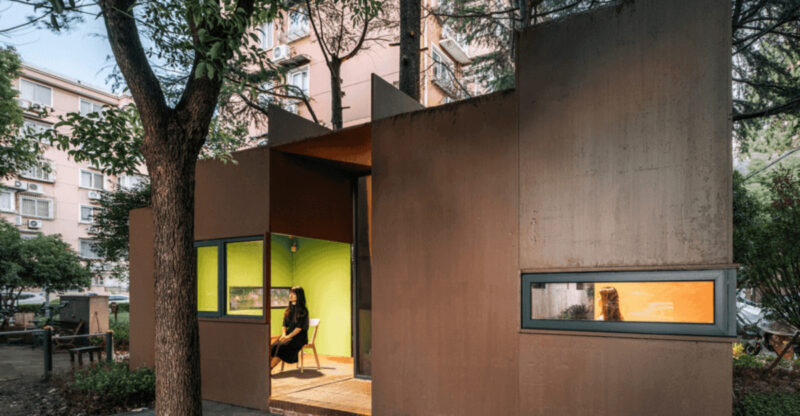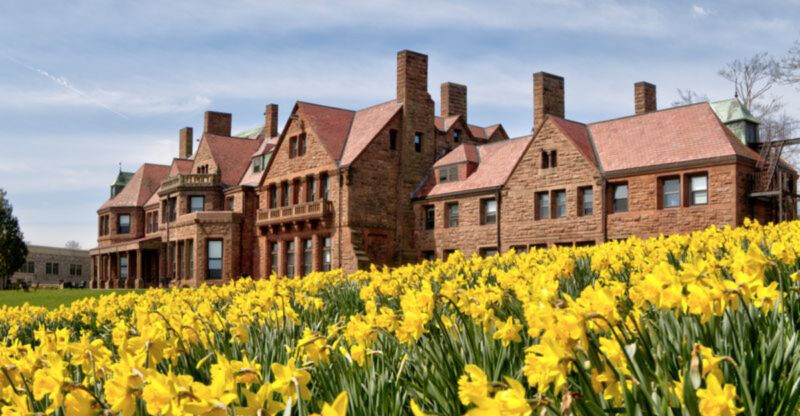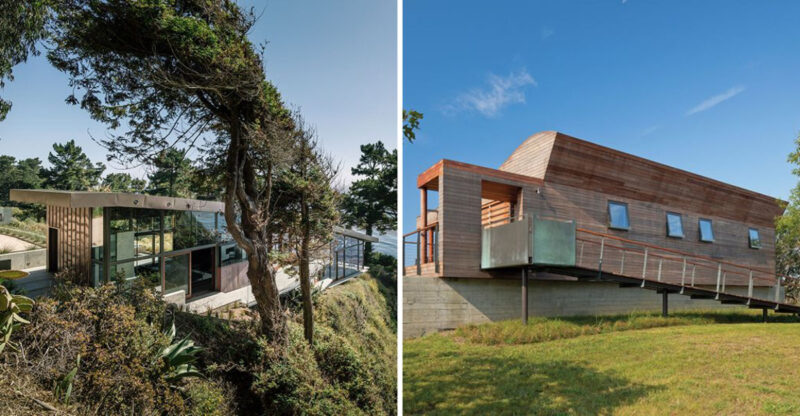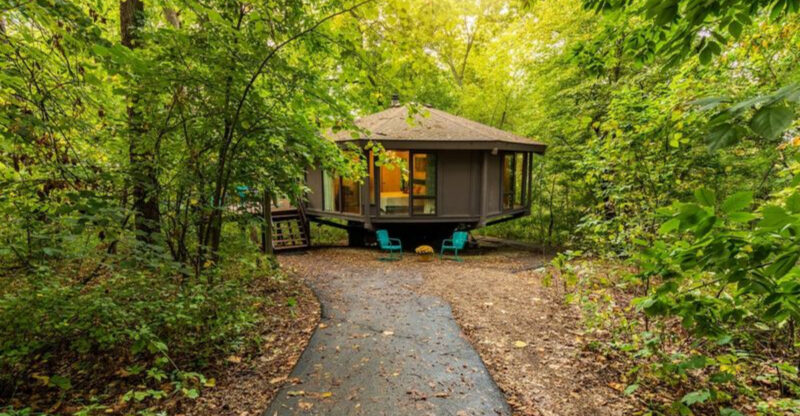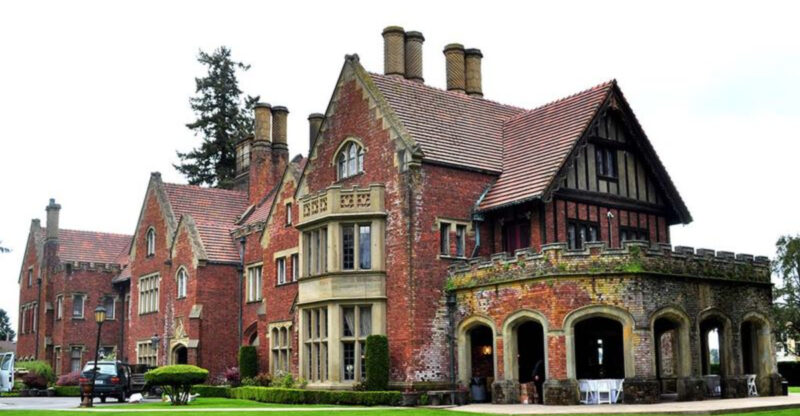10 Types Of Homes Expected To Plummet In Value In California By The End Of 2025 (And 10 That Will Keep Rising)
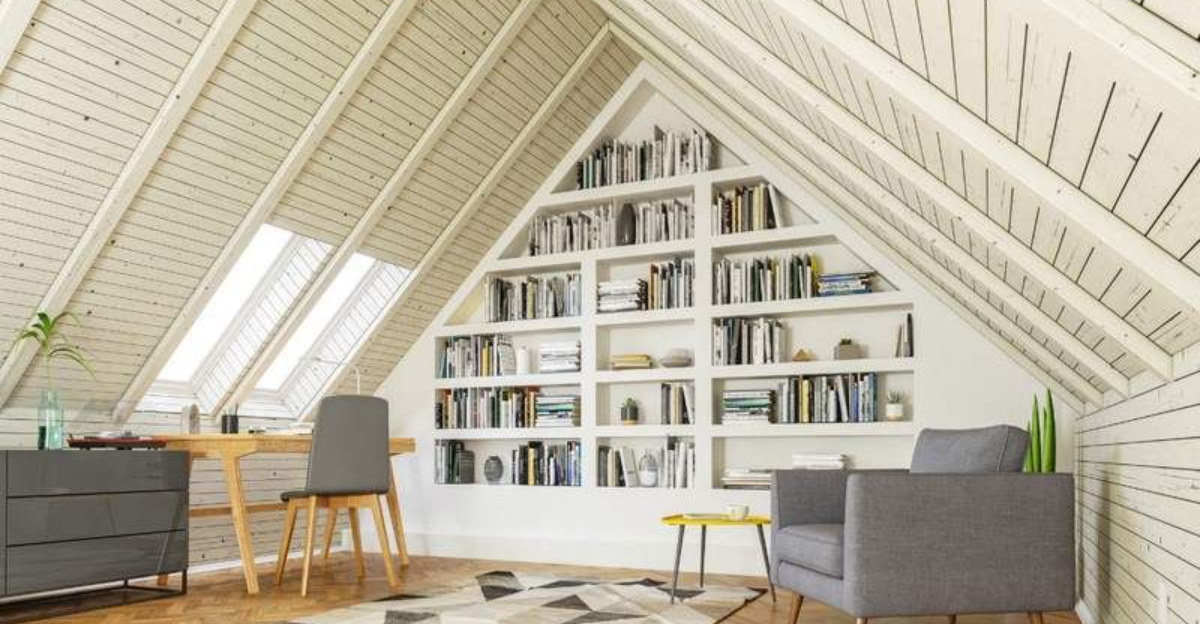
California’s real estate landscape is shifting dramatically as we approach the end of this year. Market experts are noticing clear patterns in which properties are losing value and which continue to appreciate despite economic pressures.
Understanding these trends can save homeowners from devastating financial losses or help investors make smart choices in an unpredictable market.
1. Homes Near Receding Coastlines

Rising sea levels are scaring away potential buyers from once-coveted beachfront properties. These coastal homes face increasing insurance costs and maintenance headaches as erosion threatens foundations.
Properties that were million-dollar investments are seeing their values wash away with each high tide. Climate change realities have transformed these dream homes into risky investments for all but the wealthiest buyers.
2. Luxury High-Rise Condominiums

The pandemic-driven exodus from dense urban centers continues to affect market values. Downtown towers that once commanded premium prices now sit partially vacant as remote work becomes permanent.
These high-rise units face declining demand as buyers prioritize space and private outdoor areas. The once-bustling city lifestyle that justified premium prices for luxury condominiums has lost its allure for many California professionals.
3. Homes In High Wildfire Risk Zones

Insurance companies are withdrawing coverage or charging astronomical rates in vulnerable regions. Properties nestled among beautiful but dangerous forests are becoming financial liabilities rather than assets.
These wildfire-prone properties face declining buyer interest as climate change intensifies California’s fire seasons. What once seemed like peaceful woodland retreats now represent significant safety concerns and unpredictable maintenance costs for potential homeowners.
4. Older Homes Without Energy Efficiency Updates
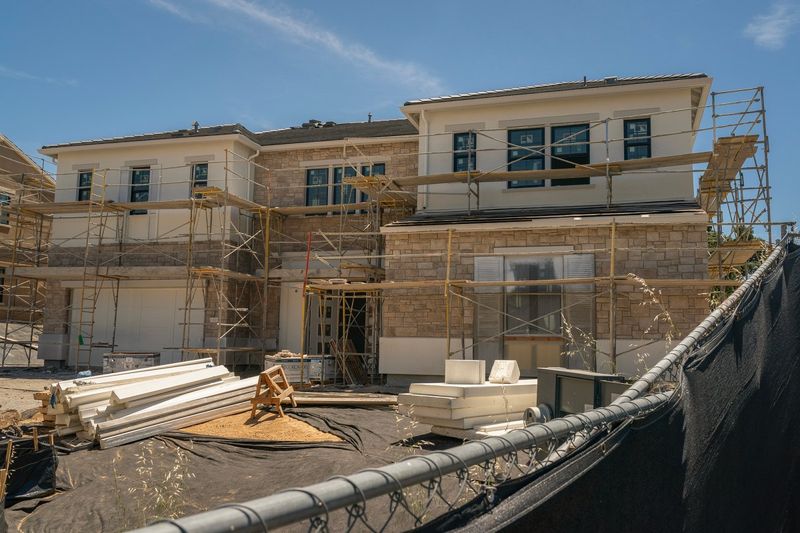
Energy costs in California continue to climb, making outdated properties increasingly expensive to maintain. Buyers are scrutinizing utility bills and carbon footprints more carefully than ever before.
These aging homes with original windows, minimal insulation, and outdated HVAC systems face significant market disadvantages. The financial burden of retrofitting these energy-hungry properties often exceeds what sellers can recoup in the current market.
5. Properties In Areas with Water Scarcity
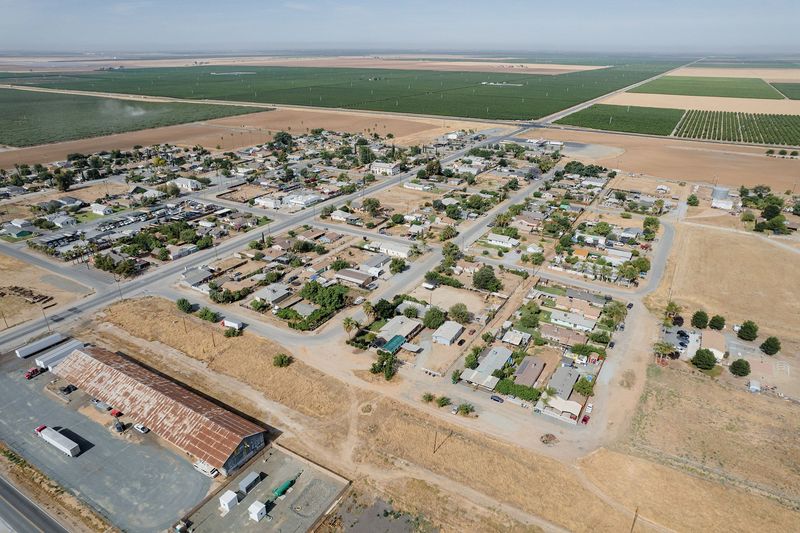
Ongoing drought conditions are reshaping California’s desirability map. Regions facing severe water restrictions are seeing buyer interest dry up alongside their reservoirs and aquifers.
These properties in water-stressed communities face uncertain futures as climate change intensifies. Homes with large, thirsty lawns or water-intensive landscaping have transformed from status symbols into expensive maintenance nightmares for environmentally conscious California buyers.
6. McMansions In Commuter Suburbs

Massive cookie-cutter homes built during previous booms are falling out of favor fast. These oversized properties with high maintenance costs and lengthy commutes no longer align with changing lifestyle preferences.
The appeal of these suburban giants has diminished as buyers seek more efficient, sustainable living options. McMansions face particular challenges as younger buyers prioritize location and character over sheer square footage in their housing decisions.
7. Homes Near Failing School Districts
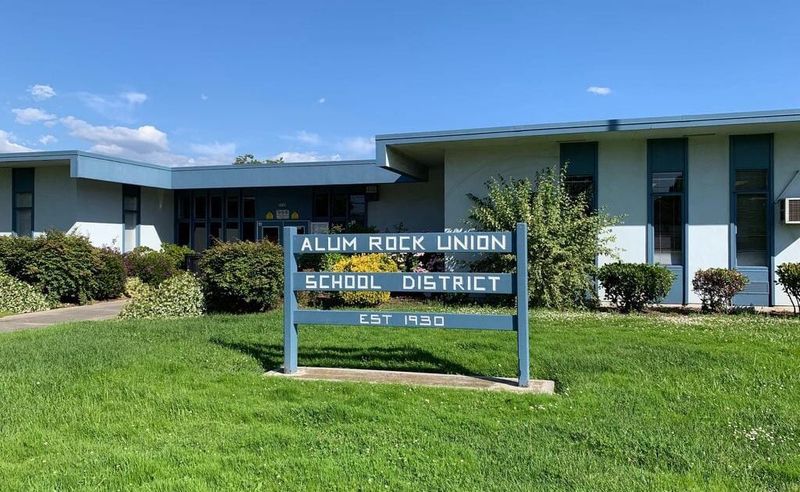
Educational quality has always influenced property values, but the gap is widening dramatically. Families are increasingly willing to pay significant premiums to access high-performing schools, leaving other areas behind.
Properties within boundaries of struggling districts face compounding challenges as funding issues persist. The post-pandemic educational landscape has intensified this divide, with parents more focused than ever on educational quality when making housing decisions.
8. Homes With Outdated Floor Plans
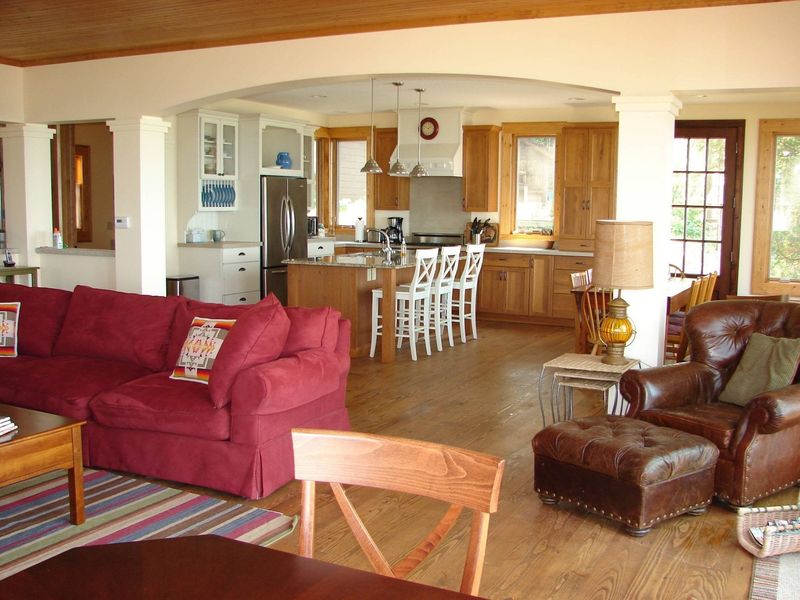
The pandemic permanently changed how we use our living spaces. Properties with closed-off rooms and formal dining areas are struggling to compete with more adaptable layouts.
These homes with rigid, compartmentalized designs fail to accommodate home offices and multi-functional spaces. Buyers increasingly reject properties requiring extensive renovations to meet contemporary lifestyle needs, driving values down for these outdated floor plans.
9. Properties In Areas With Rising Crime Rates

Safety concerns trump almost all other factors in housing decisions. Neighborhoods experiencing upticks in crime are seeing rapid property value declines as families and professionals look elsewhere.
These homes in areas with deteriorating safety statistics face shrinking buyer pools and longer market times. The ability to work remotely has removed the necessity to compromise on safety for commute convenience, accelerating this trend in certain California communities.
10. Homes With Poor Internet Connectivity

Digital infrastructure has become as essential as physical utilities. Properties in connectivity dead zones face serious market disadvantages as remote work and digital entertainment become standard.
These homes with spotty broadband access frustrate tech-dependent buyers accustomed to seamless connectivity. What might have been a minor inconvenience pre-pandemic has become a deal-breaker for California’s tech-savvy workforce seeking work-from-home capability.
11. Sustainable, Net-Zero Energy Homes
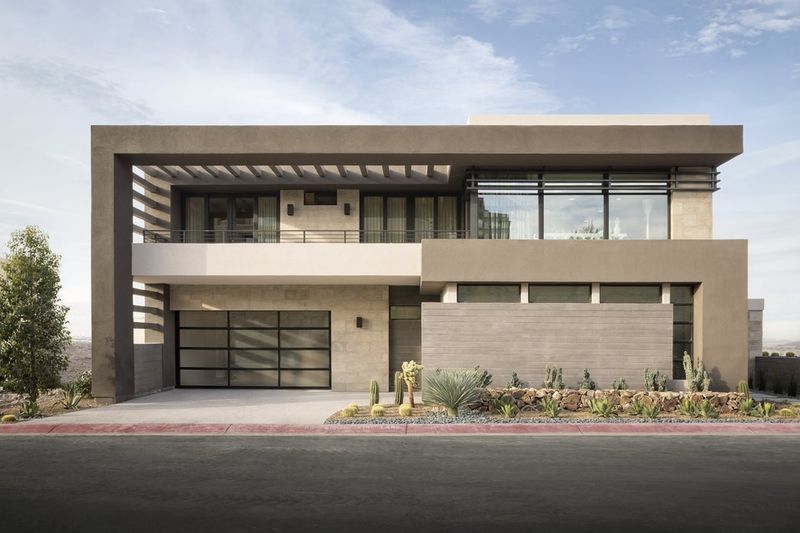
Forward-thinking properties designed with minimal environmental impact are commanding premium prices. These eco-friendly homes offer significant long-term utility savings while appealing to environmentally conscious buyers.
Net-zero energy homes feature solar arrays, advanced insulation, and energy-efficient systems that reduce or eliminate utility bills. As California pushes toward greener building codes, these properties represent the future standard rather than luxury upgrades.
12. Smaller, Well-Designed Urban Homes

Compact living spaces with thoughtful layouts are seeing surprising value growth. These efficient urban homes maximize functionality without wasted space, appealing to minimalists and practical buyers alike.
Well-designed smaller properties offer affordability without sacrificing quality or location. As housing costs rise, these right-sized homes hit the sweet spot of attainability and desirability for first-time buyers and downsizers in California’s competitive markets.
13. Homes With Dedicated Office Spaces

Remote work has permanently altered home requirements for millions of Californians. Properties featuring dedicated, comfortable workspaces command significant premiums over those requiring conversion or compromise.
These work-friendly homes save buyers from expensive renovations and offer immediate functionality. The dedicated home office has transformed from a nice-to-have feature to an essential requirement for many professional households in California’s competitive market.
14. Multi-Generational Living Properties

Housing affordability challenges are driving families to combine resources under one roof. Properties designed to accommodate multiple generations with privacy and independence are seeing strong demand.
These flexible homes feature separate entrances, additional kitchens, or detached accessory dwelling units. Cultural preferences combined with practical financial considerations have created a growing market for these versatile multi-generational properties throughout California.
15. Homes In Good School Districts
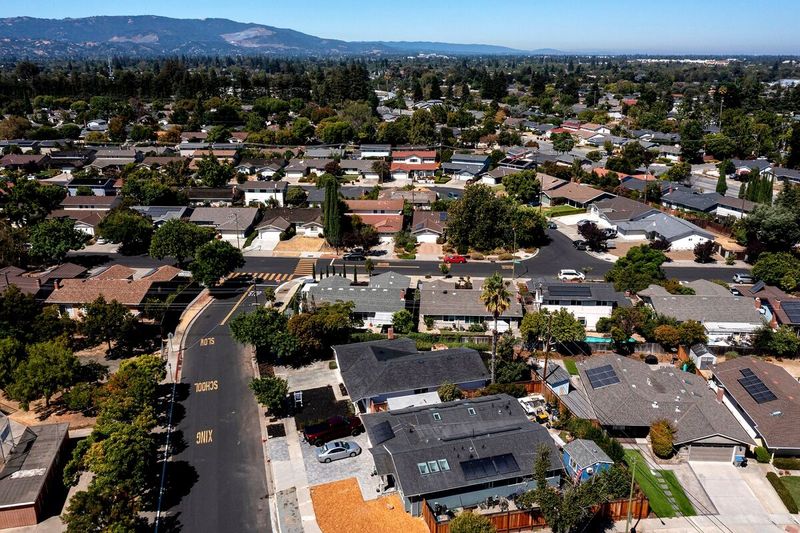
Educational quality continues to drive premium valuations in California neighborhoods. Families are making significant financial sacrifices to access top-performing schools, creating resilient demand.
Properties within these coveted school boundaries maintain value even during broader market downturns. The pandemic’s disruption to education has only intensified parents’ focus on school quality, further strengthening the value proposition of homes in these high-performing districts.
16. Homes With Outdoor Living Spaces

California’s climate makes outdoor living a year-round possibility in many regions. Properties featuring thoughtfully designed outdoor spaces for entertaining, relaxing, and dining have become increasingly valuable.
These indoor-outdoor homes offer expanded living areas without the cost of traditional square footage. The pandemic reinforced the importance of private outdoor retreats, turning what was once considered a luxury into an essential feature for many California homebuyers.
17. Homes In Walkable Communities

Proximity to amenities has become a driving factor in property valuations. Neighborhoods where residents can walk to restaurants, shops, and parks command significant premiums over car-dependent areas.
These walkable community properties offer lifestyle benefits beyond mere convenience. As traffic congestion worsens in California’s urban centers, the ability to accomplish daily tasks without driving has transformed from luxury to necessity for many quality-of-life focused buyers.
18. Historic Homes With Modern Updates

Character-rich properties blending architectural heritage with contemporary functionality represent a sweet spot in the market. These thoughtfully renovated historic homes offer unique charm impossible to replicate in new construction.
Historic properties with preserved period details alongside modern kitchens and updated systems offer the best of both worlds. As cookie-cutter developments proliferate, these one-of-a-kind homes stand out in California’s competitive market, attracting premium offers from discerning buyers.
19. Homes With Flexible Bonus Spaces
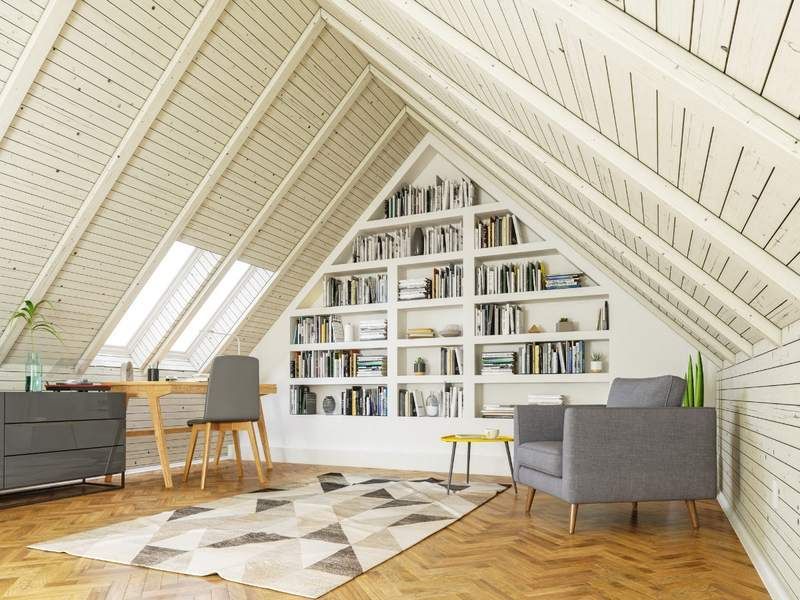
Adaptable living areas that can evolve with changing family needs are commanding premium prices. These versatile properties feature bonus rooms easily converted between home gyms, playrooms, guest suites, or additional work spaces.
Flexible homes accommodate life’s unpredictable changes without costly renovations or upsizing. As California families balance multiple priorities under one roof, these adaptable properties offer solutions for everything from aging parents to pandemic-era workout spaces.
20. Homes In Tech Hub Proximity

Silicon Valley’s influence continues to spread throughout California, creating property value hotspots. Locations within commuting distance of expanding tech campuses see persistent demand despite broader market fluctuations.
These tech-adjacent properties benefit from high-earning potential buyers with job security. As technology companies expand beyond traditional hubs, new pockets of housing demand emerge, creating opportunities for homeowners in previously overlooked communities throughout California.


